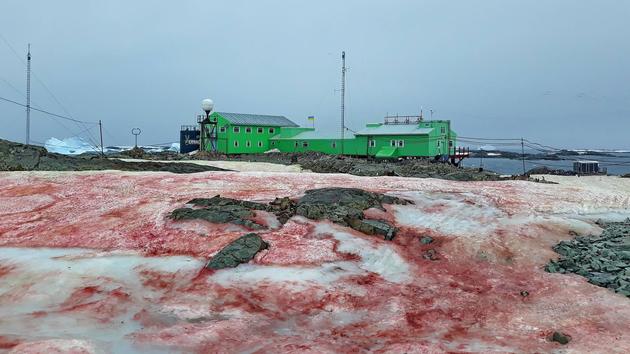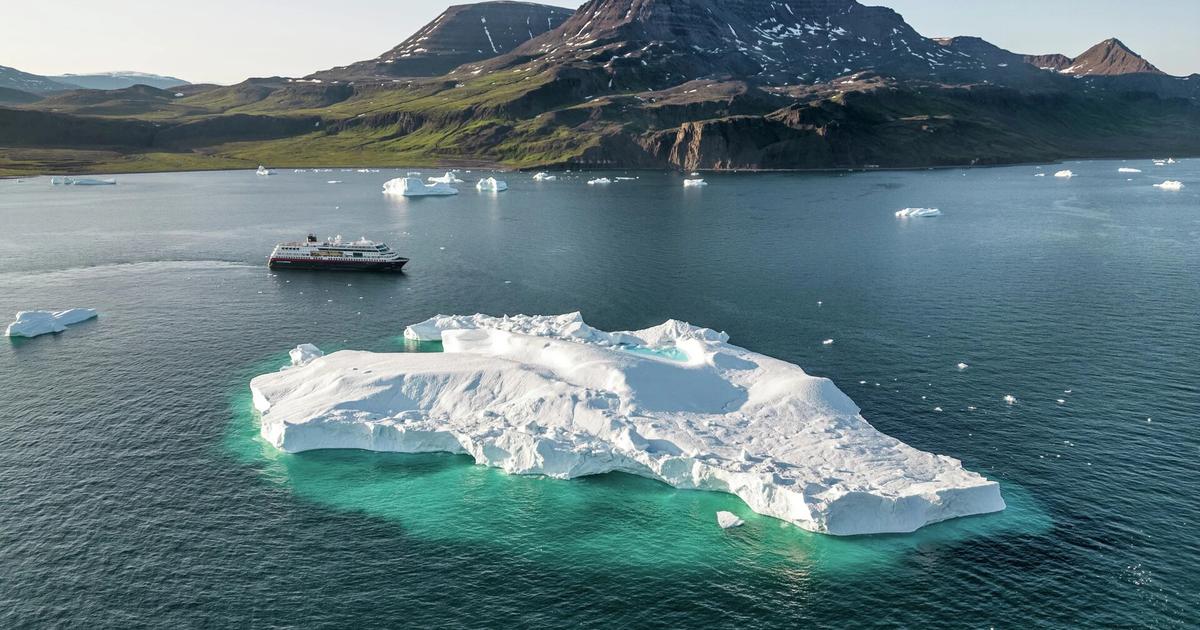No, this image is not from the last Star Wars trilogy. Nor was it taken after the massacre of an endangered species. Several photos of this kind have been posted in recent days by a Ukrainian scientist, Andriy Zotov, from the Vernadsky research base in the Antarctic Peninsula.
»READ ALSO - Antarctica at the heart of a planetary battle
This blood color actually comes from a microscopic alga, Chlamydomonas nivalis . In France, it is nicknamed "snow algae" or "glacier blood", according to the site of the National Inventory of Natural Heritage. It is present almost everywhere in the world, especially in the Alps, and owes its color to carotene, the pigment that carrots contain.
This alga is not afraid of extreme temperatures and somehow stays at rest in the snow for a good part of the year. When the weather softens, it develops and takes on a reddish color by producing carotenoids in order to protect itself from the ultraviolet rays of the sun.
This snow algae is both a cause and a consequence of global warming, as explained by the Ukrainian Ministry of Education and Science on its Facebook page. "Because of this purple red color, the snow reflects the sun less and melts faster . " The alga makes the snow less white, therefore less reflective. However, the sun and the water coming from the melted snow accelerate the development of this alga, which itself therefore melts the snow more quickly. A vicious circle.
In an article published in 2016 in the journal Nature , researchers already mentioned the “dramatic impact” of the proliferation of this kind of algae which can reduce the reflective power of ice by 13% during the melting season.






